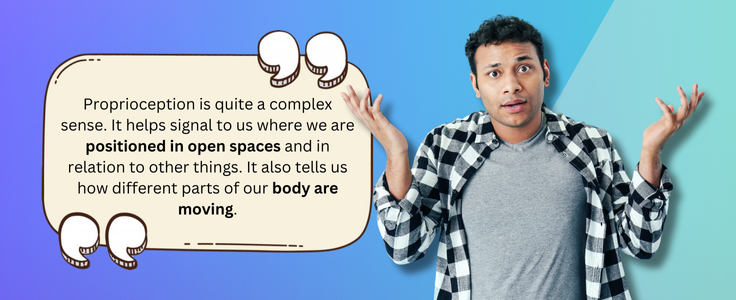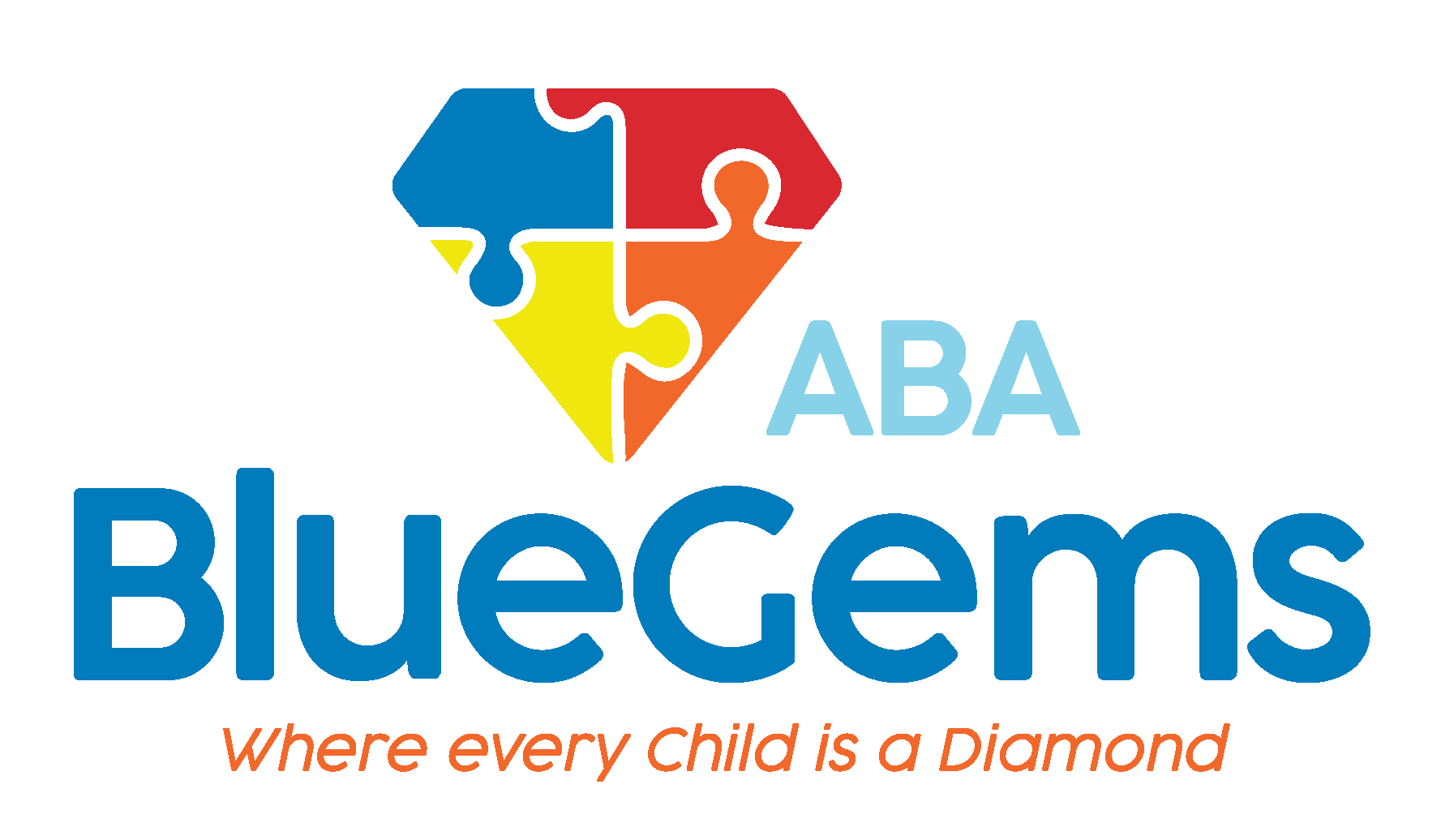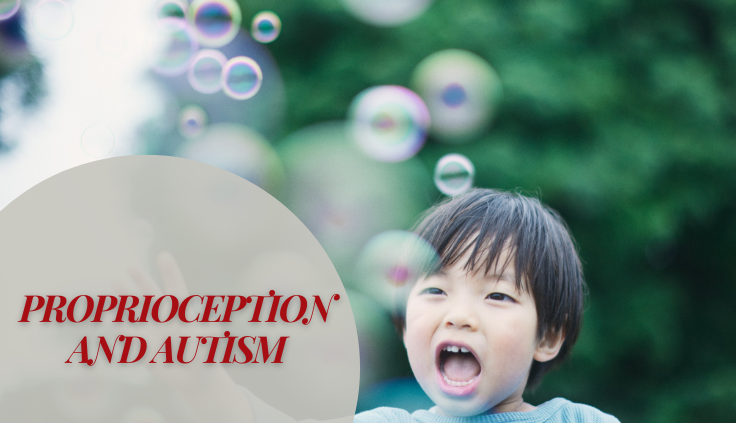Proprioception and Autism
The five senses are extremely important to how you interact with the world around you. Sight, hearing, taste, smell and touch allow us to understand the world around us by experiencing things in different ways.
These senses can operate independently of each other, but they’re also very reliant on each other. For instance, it’s often said that you eat with your eyes first.
In other words, how food looks plays a large role in whether you think it will taste good or bad. How something smells also factors into how something tastes.
Another very important sense that is taken for granted in many ways is called proprioception. Sometimes called kinesthesia, it is a person’s internal awareness of things such as spatial orientation, movement and body position, and it’s crucial to things such as speech, focus, body awareness, posture, coordination and self-regulation.
Children who have autism spectrum disorder (ASD) can sometimes struggle with sensory stimuli, and they also may have a sensitivity to proprioception, or what is sometimes called proprioception dysfunction.
Below, we’ll discuss the link between proprioception and autism, as well as what can be done to help support children with autism in this regard.
Table Of Contents
What is Proprioception?
Proprioception is quite a complex sense. It helps signal to us where we are positioned in open spaces and in relation to other things. It also tells us how different parts of our body are moving.
Essentially, proprioception allows people to do everyday things such as writing, walking, reaching for things and be able to do all of that with both coordination and precision.
Proprioception is vital to our lives, as it provides foundational awareness that’s needed for things such as overall coordination and the development of motor skills. It tells us things such as the pressure that we need to exert to crack an egg properly, for instance, or to hit a balloon without popping it.
Some children with autism struggle with proprioception, while others seek proprioceptive input to help them deal with their feelings and emotions.

How Does Proprioceptive Dysfunction Affect Children with Autism?
Just like other sensory stimuli, children on the autism spectrum might experience hypersensitivity or hyposensitivity to proprioception.
Those who have hypersensitivity to proprioception experience an oversensitivity to various proprioceptive inputs.
They could, as a result, feel as though certain pressures, body positions and/or movements are overwhelming or uncomfortable. They could, then, have trouble with tasks where they need to regulate pressure or force, such as cracking an egg.
Conversely, children who have hyposensitivity might be under-responsive to proprioceptive inputs. This means that they might actually seek out repetitive and/or intense movements, engage in behaviors that are self-stimulatory or apply a lot of pressure to their bodies.
They do this so that they can get extra sensory input, which then helps them to regulate themselves.
What Activities Can Be Used for Children with Proprioceptive Challenges?
First, it’s important to understand how each individual child is affected by proprioceptive input. Knowing whether they are hypersensitive or hyposensitive to them will ultimately guide the support that they need.
Children with autism who are oversensitive to proprioception could benefit from things such as hugs or holds with deep pressure; weighted objects such as a weighted vest, lap pad or blanket; activities that require pulling or pushing; clothing that fits snugly around them, or other garments that apply compression; and exercises that involve deep pressure, including bear hugs, push-ups or yoga.
Children who are under-sensitive to proprioception often benefit from activities that are physically stimulating. These are ways that they can get the proprioceptive input that they are seeking.
Some examples include bouncing or jumping using things such as a trampoline, exercise ball or even unjust doing jumping jacks; exercises that require resistance, including pushing up against the wall or using a resistance band; having a sensory hammock or swing that cradles them and makes them feel calm; and activities that require heavy work such as pulling, pushing or moving bags that are weighted.
Is Proprioception Integrated into Therapy for Children with Autism?
One of the big benefits of specialized therapy for children with autism is that it caters to their individual needs. Applied behavior analysis, for example, is considered the gold standard of treatment plans for children on the autism spectrum for that exact reason — and many more, of course.
ABA therapy, as it’s called, helps children overcome challenges related to difficulties with communication and social interactions. It also helps children build new skills, modify their behaviors and better deal with their emotions so they can live independently.
For children who have proprioception challenges, ABA therapy can integrate some of the specific activities mentioned above to help support them in better ways. This all starts with the therapist gaining a keen understanding of the individual child’s needs, what helps them and what motivates them to learn and grow.
Once this is done, an appropriate treatment plan can be crafted based on this information, and goals can be set so that progress can be measured.
Blue Gems ABA Crafts Personalized ABA Therapy Plans for Children with ASD
Many children with ASD struggle with proprioceptive input. Understanding how each child is uniquely affected by it helps ABA therapists craft a treatment plan that best meets their needs.
At Blue Gems ABA, our team of dedicated therapists administer ABA therapy on a one-to-one basis, helping each patient grow and learn new skills based on their unique strengths and challenges.
To learn more, please contact us today.




